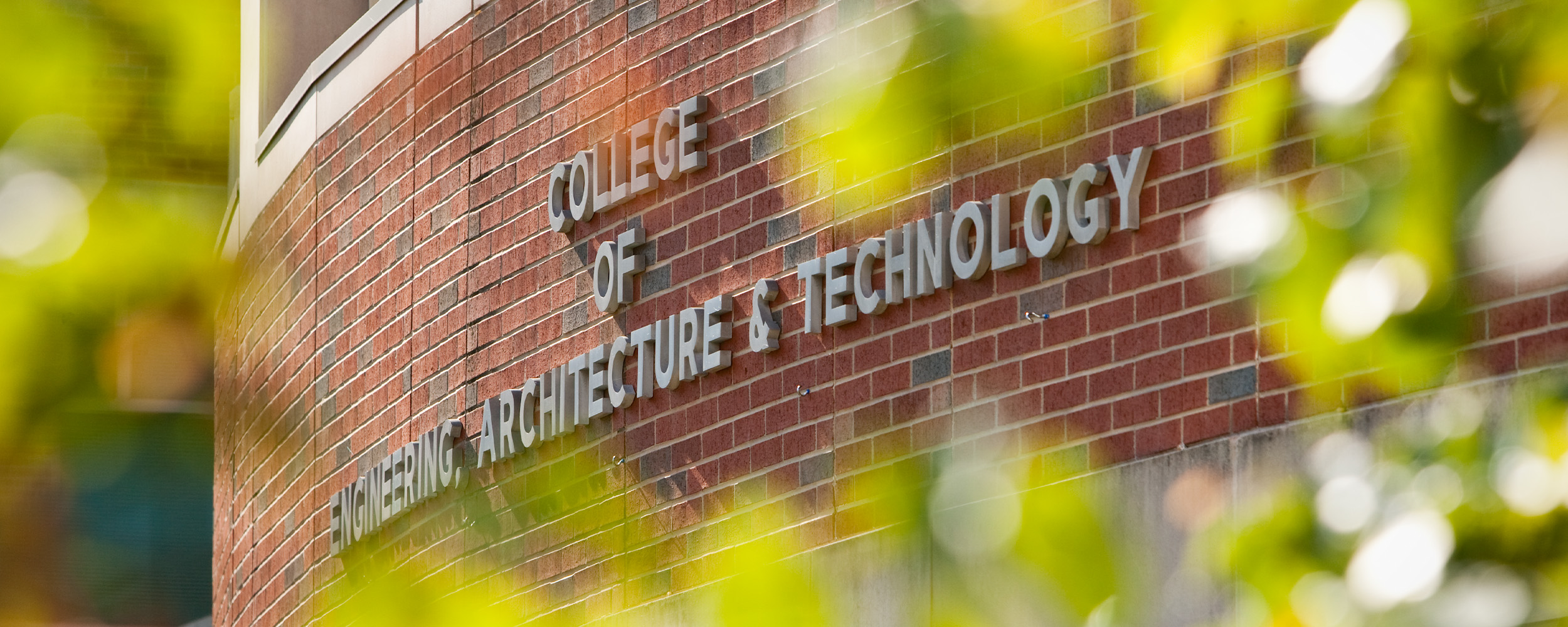
OSU's College of Engineering, Architecture and Technology announces 2021 Hall of Fame inductees and Lohmann Medal recipients
Monday, October 18, 2021
Media Contact: Jeff Hopper | Marketing Media Specialist | 405-744-2745 | jeff.hopper@okstate.edu
The College of Engineering, Architecture and Technology (CEAT) at Oklahoma State University has announced the 2021 Hall of Fame inductees and Lohmann Medal recipients.
CEAT Hall of Fame nominees must be a distinguished engineer, architect or technologist who has made an outstanding contribution to their profession or OSU and has served their community, state and nation with distinction. They should represent some of the most distinguished alumni and industry leaders associated with CEAT. The following candidates meet and exceed all criteria for the hall of fame recognition.
The Melvin R. Lohmann Medal was established in 1991 to honor alumni of CEAT for contributions to the profession or education of engineers, architects or technologists that merits the highest recognition. These honorees are also inducted into the CEAT Hall of Fame.
Lohman Medal Recipients
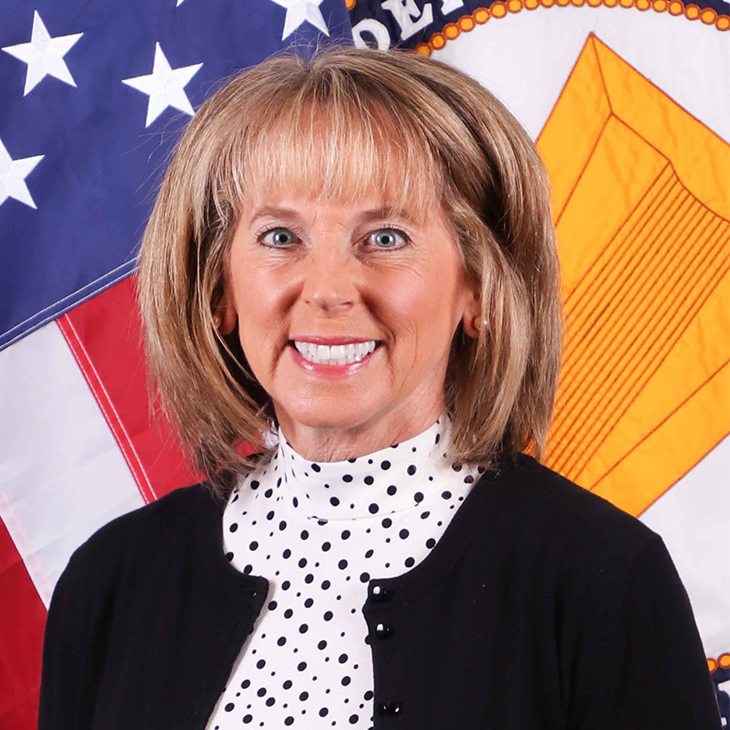
Dr. Christine Altendorf grew up in Oklahoma City, started at OSU in the fall of 1981, and later graduated with her Bachelor of Science in agricultural engineering in 1985, and her Master of Science in the same subject in 1987. After her master’s degree, Altendorf started a full-time staff position with the School of Biosystems and Agricultural Engineering (BAE) as a research engineer and decided to work on her doctoral degree on the side.
After receiving her doctorate, Altendorf realized she had a passion for applied engineering and started her federal government career in the Hydrology and Hydraulics Branch of the Tulsa District Corps of Engineers in April 1994. She became a professional engineer in Civil Engineering that same year.
Altendorf currently serves as the chief of engineering and construction for the U.S. Army Corps of Engineers (USACE) in Washington, D.C. In this role, she oversees a workforce of more than 9,000 engineers and technicians, and a portfolio of civil and military projects totaling over $60 billion. She interacts extensively with top leaders within the Department of Defense and other government agencies, as well as those working in the private sector of engineering and construction. She makes regular appearances on Capitol Hill and communicates frequently with various professional and advocacy groups. She has worked for the Army for over 27 years, 21 of which were with the Corps.
Altendorf became a member of the prestigious Senior Executive Service (SES) in 2009. The SES is all about executive leadership; these individuals serve just below presidential appointees and represent a key link between political appointees and civil service employees. Only about 0.35 percent of the federal workforce achieves SES status. At about the same time she assumed her current position, Altendorf was recognized with the Distinguished Executive Presidential Rank Award. This is the highest annual award for career SES members and recognizes “sustained extraordinary accomplishment.” No more than one percent of the career SES corps can receive the Distinguished Executive Presidential Rank Award each year.
Altendorf has had assignments across the globe including: Kansas City; San Francisco; Dallas; Washington, D.C.; Hawaii; Iraq and Afghanistan. Her career has some truly remarkable signature accomplishments that merit additional mention. The Folsom Dam project, which she inherited when she was new to the Sacramento District, had significant constructability and cost issues with pressure from Congress and headquarters to solve the problem. She worked with the Bureau of Reclamation, USACE, and Congress to turn the project around and get the $1 billion Folsom Joint Federal Project authorized and constructed.
She led Task Force Restore Iraqi Oil (TF-RIO) in 2004, working to get oil flowing from northern Iraq to the south to allow for economic stability and nation building for the country. In 2011, she led the Joint Program Integration Office in Kabul, Afghanistan, focused on building electrical grid systems, roadways, dams, and infrastructure for the Afghan Army and police.
Because of her program management and communication skills, she was asked to be the first Director of the Army’s Sexual Harassment and Assault Response and Prevention (SHARP) Program, which was outside of her normal realm of assignments. Responding to Congress, the White House, and both the Secretaries of Defense and the Army, she developed a significant number of initiatives and successfully launched this critical program.
While Altendorf was Director of the Army Installation Management Command — Pacific (another non-USACE assignment), she was involved with the Korea Transformation program involving $10 billion of infrastructure that was constructed and accepted at Camp Humphreys for the relocation of 25,000 soldiers and family members to the new installation.
Altendorf explains the importance of getting an engineering degree, “being an engineer allows you so many opportunities — and that is the true value of the degree. You can choose to stay in design or construction engineering, or research — where you turn ideas into practical solutions. You can move to management and focus on inspiring and leading people, projects and programs. But the basis of all of this is that through our engineering degrees, we were taught to think, assume, imagine and ultimately solve hard problems and create an innovative future.”
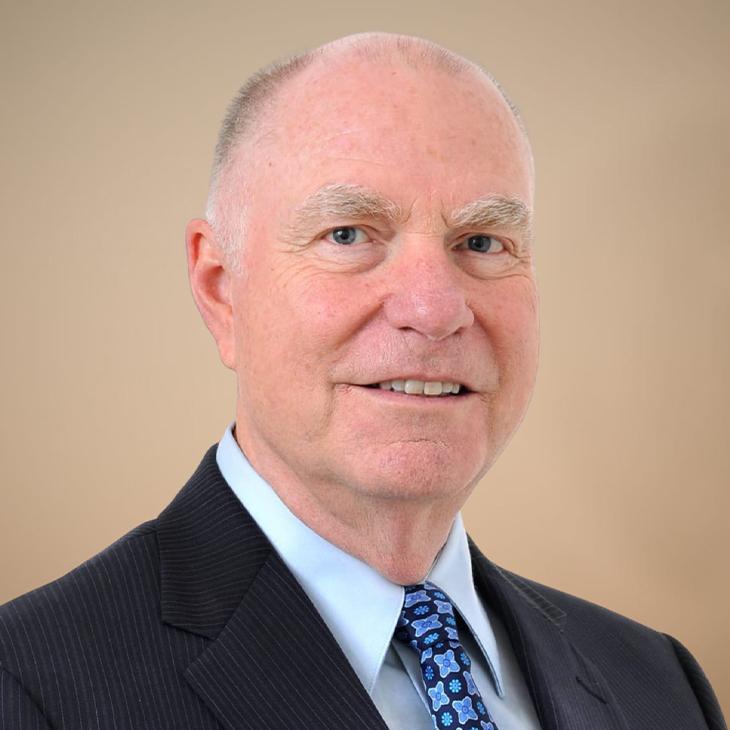
Dr. Leland Blank graduated from OSU with his Master of Science in 1968 and his doctoral degree in 1970. Since leaving the School of Industrial Engineering and Management (IEM) at OSU, Blank has built a stellar career spanning multiple universities around the globe.
Some of Blank’s biggest accomplishments include being a leader in international higher education development, and co-author of two current and leading engineering textbooks in engineering economy. Both textbooks are published by McGraw Hill, with the first textbook on its eighth edition, and the second textbook on its third edition. He has served as the Institute of Industrial and Systems Engineers (IISE) President, as well as interim provost, chief academic officer and dean of engineering at the American University of Sharjah in the United Arab Emirates, the principal investigator (PI) or co-PI of multiple educational and research projects. Blank was a distinguished military graduate from ROTC and a recipient of the Army commendation medal.
Blank has also received IISE’s pinnacle award, the Frank and Lillian Gilbreth award in 2018. The Gilbreth award is the highest and most esteemed honor in the field of industrial engineering, which recognizes those who have distinguished themselves through contributions to the welfare of mankind in the field. He was awarded the IISE Wellington Award for long-term contributions to the field of engineering economy, as well.
Blank has provided leadership at several levels at Texas A&M University: department head; assistant dean; and assistant provost for continuous improvement. Within the Texas A&M University system, his leadership includes several directorships and the key role of assistant deputy chancellor for planning. His industrial experience includes employment with Southwestern Bell Telephone, Public Service Board of San Antonio, and General Telephone Company (now Verizon).
Blank is also the author of over 100 publications — textbooks, journal articles, conference proceedings and keynote papers. His professional focus has been engineering economics, statistics, decision support, strategic planning and managing complex systems. Though the number of his publications is noteworthy, it is not the volume of Blank’s work that makes him an exceptional contributor to Industrial and Systems Engineering, but rather his impact. Blank has always been forward thinking and his publications reflect his ability to challenge the status quo and move the finish line.
Blank continues to serve professionally through his membership on the Board of Trustees of St. Mary’s University in San Antonio, where he received his bachelor’s degree. Additionally, he is a board member and treasurer of The Cowboy Academy of the IEM Department at OSU.
Regarding advice to current and future CEAT students, Blank advises, “become involved in some sort of mentoring program through your academic department or an organization in which you are a member or officer. Listening to and asking questions of several professionals currently in practice, who received an education and degree similar to your own, can be very useful as you decide on dimensions regarding your own career path.”
Hall of Fame Inductees
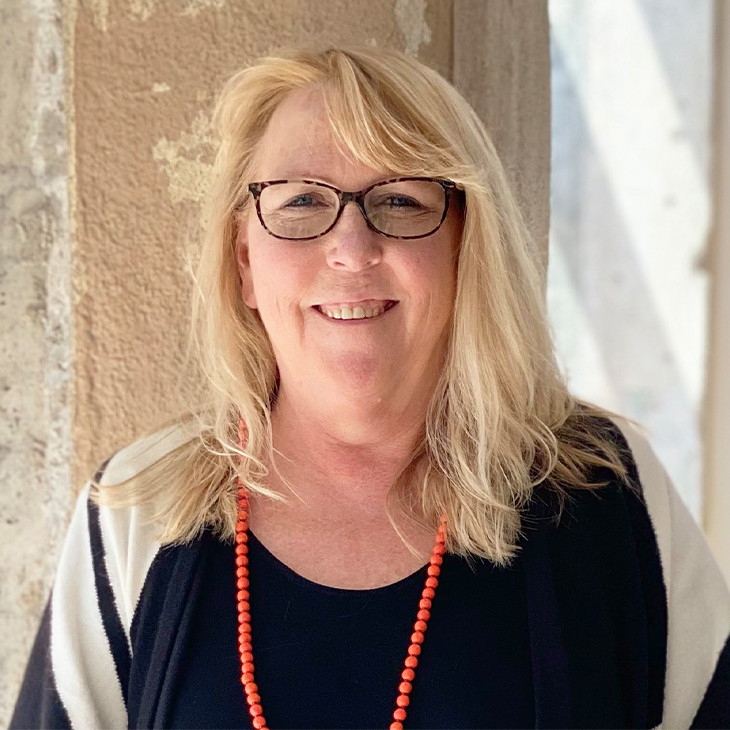
Carrie Johnson graduated from OSU in 1987 with a bachelor's degree in architectural engineering, as well as her Master of Architectural Engineering degree in 1988. She now serves as a principal of Wallace Engineering Structural Consultants, Inc., (now Wallace Design Collective) a national structural engineering, civil engineering and landscape architecture firm headquartered in Tulsa with offices in Oklahoma City, Kansas City, Denver and Atlanta. She is a licensed engineer in 43 states. Johnson currently serves as the chair of the Board of Directors for Wallace Design Collective.
Johnson is a past president of the National Council of Structural Engineers Associations (NCSEA), a non-profit organization formed to constantly improve the standard level of practice of the structural engineering profession. She has also served on a number of NCSEA committees. In 2016, Johnson was given the NCSEA Service Award. This award is presented to an individual who has worked for the betterment of the organization to a degree that is beyond the norm of volunteerism. It is given to someone who has made a clear and indisputable contribution to the organization and to the profession.
Johnson is an active member of the Oklahoma Structural Engineers Association (OSEA), served as president of OSEA in 2001 and 2009, and was the OSEA delegate to NCSEA for six years. She has also served numerous times as a juror for the OSU School of Architecture’s senior design projects; as an advisor for the School of Civil Engineering’s senior level steel course; and has been a mentor for high school students interested in engineering programs housed in CEAT.
Johnson served as president of the Board of Directors of the Applied Technology Council (ATC) in 2019, a nonprofit corporation whose mission is to develop and promote state-of-the-art, user-friendly engineering resources and applications for use in mitigating the effects of natural and other hazards to the built environment. ATC's publications on disaster recovery and assessment are used throughout the world. She also serves as chair of ATC's strategic planning committee and is still on the board of directors today.
Johnson’s project work is concentrated in the retail industry where she has been instrumental in the development of multi-sited building prototypes. She has automated many in-house operational and administrative functions and, more importantly, has developed proprietary software programs to automate repetitive structural engineering tasks for clients’ building programs. She has led the company’s efforts to create the best experience possible for their clients and employees, called “One Wallace.” This has been a multi-year effort to provide training tools for employees, consistency between offices, and drawing and engineering standards.
“My most vivid memories are of long nights in the architecture building,” Johnson said as she reflected on her time at OSU. “I am privileged to work with many of the people I met at OSU and a lot of our clients are people who we all met during our time in college.”
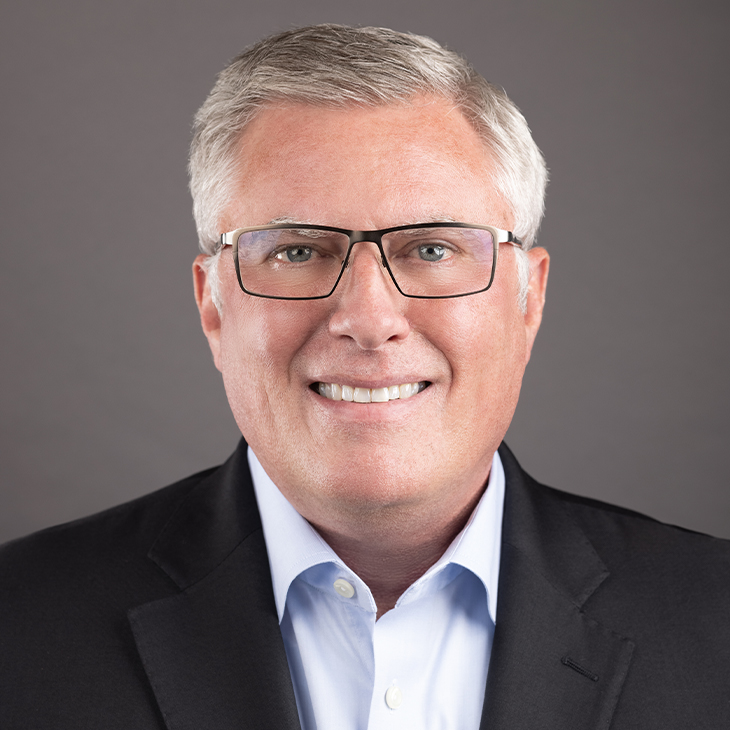
Dr. Matt Perry is an OSU alumnus with three degrees in Electrical Engineering. He last graduated from OSU with his doctorate in 1991, where he focused on signal processing, system theory and mathematics.
Perry has over 35 years of industry and academic experience, spanning three different areas: first in defense, then semiconductors and finally hyperscale hardware and software systems. He is currently the general manager of silicon and hardware systems for Microsoft’s Azure Hardware Division, where he is developing next generation data center silicon/hardware solutions with emphasis on artificial intelligence, computation and intelligent edge.
Perry has had an impact on many dimensions of the field. He was an accomplished researcher, and published papers in signal processing, both working as an engineer and as an educator. Those skills served him well as he became an engineering product leader at Motorola, developing and shipping video conferencing chipsets. In this role, he developed hardware neural networks, an experience which would serve him well later in his career.
With his communication expertise from his time as a professor, his talent as a researcher, and his design capabilities as an engineer, Perry already had a powerful combination of skills. When he moved to Advanced Micro Devices in 1995, he supplemented all those capabilities with a move into corporate strategy. Perry managed AMD's strategy with respect to Intel along with their technical and intellectual property strategies.
After AMD, Perry moved into a business entrepreneur role, serving as the CEO of three different startup companies (Transmeta, RPO, and Montalvo). Transmeta had been a darling of Silicon Valley with their ambition of revolutionizing microprocessor architecture, but the competition proved too challenging, causing them to fall on hard times. Perry was brought in to chart a new course, which he did by shifting Transmeta to an IP licensing company. That move proved successful and Transmeta was able to license large portions of their portfolio for nine figures of revenue. At RPO, he led successful technology development and financing rounds. He then led Montavlo to be one of the only companies successfully developing x86 microprocessors outside of Intel and AMD, and successfully sold the company to Sun Microsystems.
After the Sun Microsystems acquisition, Perry moved into the role of corporate executive, overseeing strategic partnerships, IP licensing, and strategic plans for multiple server designs. In 2014, he moved to Microsoft, where he took on an even broader role than at Sun, overseeing hardware partnerships and hardware-software codesign for the Windows business. He was extremely successful in this executive role, and the Windows 10 hardware ecosystem is now incredibly healthy, with a compelling product mix of third party and first party devices, as well as a strong product roadmap.
Perry commends his professors and the CEAT staff for providing him with the support he needed to graduate with his undergraduate, master’s, and doctoral degrees at OSU.
“One of my proudest moments at OSU is when I completed my doctoral defense,” Perry said. “I will never forget standing in front of my major professor, Dr. Rao Yarlagadda, as he extended his hand to shake and said, ‘Congratulations Dr. Perry, you have passed,' after years of work and research. I would not have been able to do it without the help of the Cowboy family.”
Perry reflects on his time at OSU, and his biggest advice to young CEAT students is, “one of the most important lessons I learned from OSU is to branch out and try things outside of your comfort zone. Without doing this, it is more challenging to grow and become the person you want to be. You may find a new passion or hobby, but going outside of your comfort zone and learning new things will open doors that you never knew were available.”
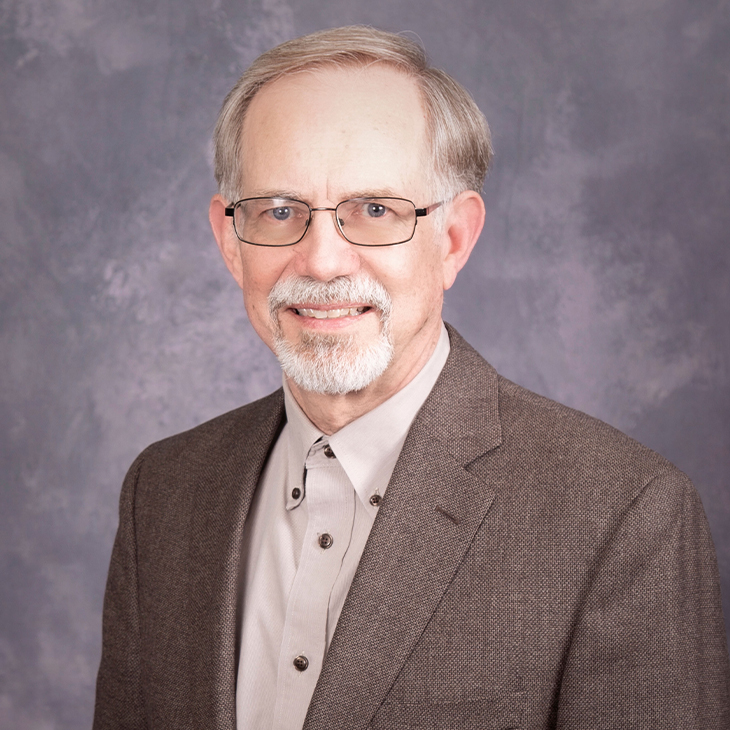
Stan Stephenson graduated from OSU in 2003 with a Master of Science in Engineering and Technology Management (ETM). He is a registered professional engineer and certified reliability engineer. Stephenson has been with Halliburton since 1979 and is now a chief technical advisor for the company.
Stephenson immediately leveraged his ETM education at OSU to win the 2003 CEO for a Day Competition with a written entry on how to make Halliburton a better, stronger, more profitable company. Following this, he developed a reliability program modeled after the U.S. Army’s Ultra-Reliability Program. He managed this program for several years before taking a role to optimize both the capital efficiency and operating efficiency of the Production Enhancement surface equipment.
Stephenson has 64 patented inventions, which vary drastically from one application to another. One invention uses artificial neural networks and genetic algorithms to maximize regional oil production. This production prediction and optimization system was highlighted in the Advanced Well Construction Technology Flagship in the 2000 Halliburton Annual report. This technology was awarded the Hart’s Oil and Gas World magazine’s Best New Technology for the Mid-Continent Area.
Stephenson was also one of a small team that brought Halliburton’s automated stimulation fleet into a reality in the 1980s. A few years later, the fleet became the first in the industry to be controlled remotely through satellite connection.
Stephenson did not limit himself to mechanical, electromechanical, software/firmware or reliability systems. In the area of chemical mixing, he identified and modeled the time, temperature and mechanical shear dependency of guar hydration. This was critical to the functioning of Halliburton’s gelling systems.
Stephenson’s expertise has been recognized by both his peers and management within Halliburton. He was voted by his peers as a senior member of the technical staff and was selected by management as one of the charter members of the Strategic Competitive Intelligence Network. He currently reviews about 8,000 patents a year for opportunities for or threats to Halliburton’s technologies.
Stephenson’s latest activities involve the creation of methods to accurately predict equipment life and operating costs. He created equivalency-based models that contain lifecycle performances of all primary components of the equipment, enabling a very complicated reliability analysis system currently in use in Halliburton. His methods allow Halliburton to maximize the use of their complex high horsepower systems while minimizing failure costs. His depth of knowledge of this technology and other technologies made him the “go-to” individual in the company and in the industry. He has been an invited speaker/consultant on many technologies he developed.
Stephenson gives CEAT students advice when going through their collegiate years, “good judgement comes from bad experiences. You have the authority to do anything for which you are willing to accept the consequences. Understand the half-life of your engineering discipline and plan for your continuing education accordingly. Most importantly, follow your passion so you won’t “work” a day in your life.”
The College of Engineering, Architecture and Technology would like to congratulate all of its 2021 Hall of Fame inductees and Lohmann Medal recipients.
Story By: Kaitlyn Mires | kamires@okstate.edu
